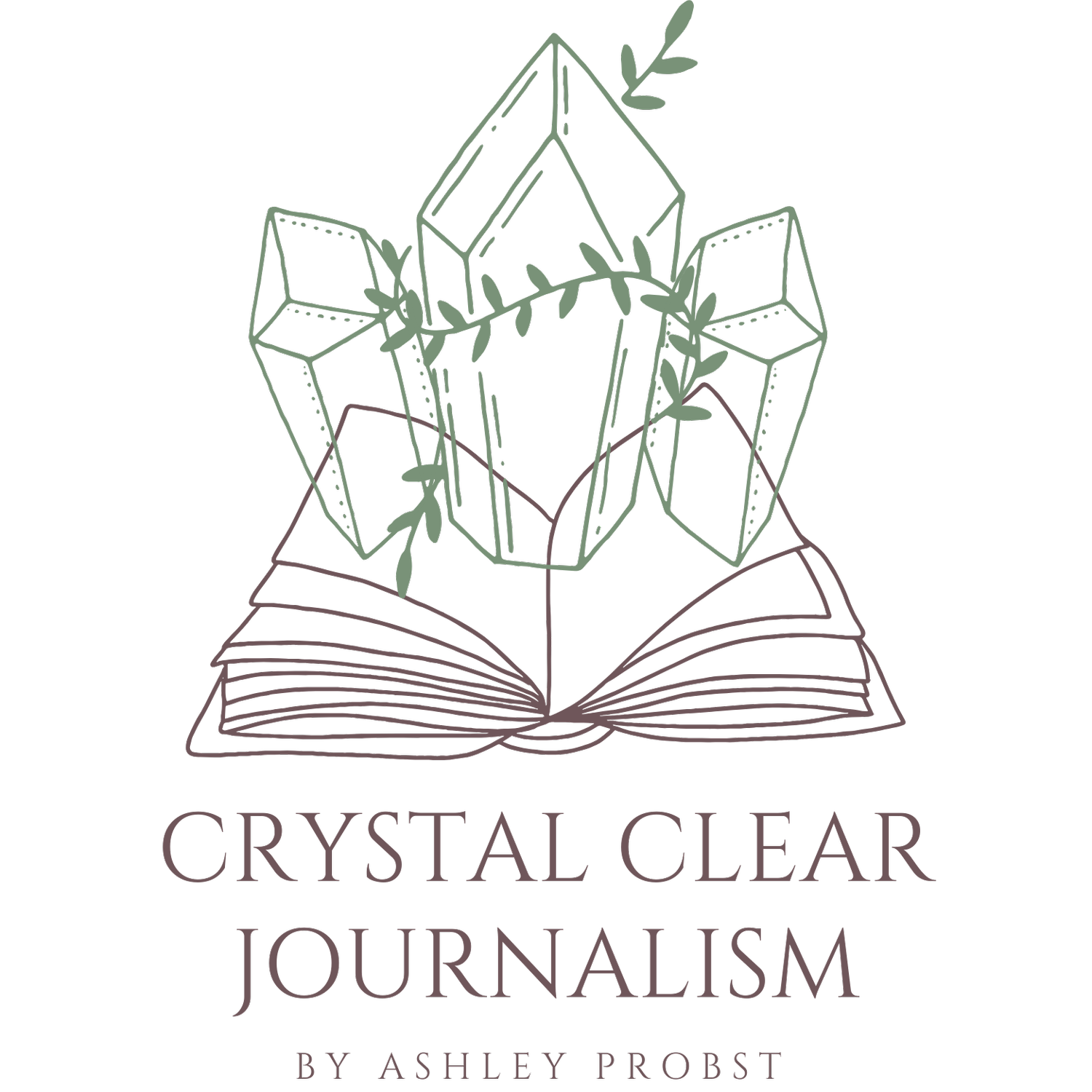Students create apps for autism
In a digital world with an app for everything, 10 Chapman students are working to create one that can cater to the needs of those with autism. They will join students from University of California, Irvine (UCI) to compete in the Autism AppJam this week.
The event is the second annual Autism AppJam at UCI, which requires participants to develop an app that will benefit people affected by the disorder. The teams are competing for a grand prize of $3,000 and many other smaller prizes.
This is the first year that the competition has been open to students who do not attend UCI.
The Autism AppJam is a two-week competition that began with its kickoff event April 11. Participants will be working on creating and producing their app until the judging April 25 on UCI’s campus.
Autism is a developmental disorder that appears in the first three years of life and can cause significant social, communication and behavioral challenges, according to the Centers for Disease Control and Prevention (CDC).
It is estimated that about one in 68 children are diagnosed with autism, according to the CDC.
Computer science professor Erik Linstead is advising some of his students who are submitting projects.
“Everyone is kind of starting to realize that they either know someone that is on the spectrum or they know someone who knows someone that is on the spectrum, so this is going to be a big focus of research in many ways,” Linstead said.
UCI has a Center for Autism and Neurodevelopmental Disorders, and Linstead said that one of its main focuses is using technology to help those affected.
“Now that everything is becoming so small and so mobile and so cheap, you really can put technology in peoples’ hands,” Linstead said. “The idea with this is to try and build mobile apps that can potentially do something useful for kids or even adults that are on the spectrum.”
Students who are participating in the competition could sign up as an individual or as a team.
This year, there are 13 teams from UCI and Chapman competing against each other.
Junior computer science major Mirabel Rice said each team had to create a blog where they could document their progress and show what they’re doing.
“We are developing an app called Smart Dresser, and it helps pre-teen girls put together outfits and match their clothes so they can choose what they want to wear,” Rice said. “We didn’t want it to be too girly, but we also want it to be fun, so we looked at specific colors that are calming to people with autism and we’re basing it off of that.”
Although the students from Chapman who are on teams do have a connection to the computer science program, the competition was open to students within any major.
“What’s cool about it is that they really don’t care if you don’t have programming experience,” Linstead said. “There are a lot of entrepreneurial people out there that like to do new things and this kind of goes with the incentive to put some of their efforts towards autism research.”
Senior biochemistry major Aaron Gerston said he has a passion for both computer science and the mental health community.
“This was a really solid cross-road of things that are dear to my heart,” Gerston said. “I’m really glad that they’re encouraging this type of thing in the undergraduate environment.”
Gerston said his team is not revealing any information about its app until the judging.
Each team’s app will be judged based on its relevance to autism, originality, creativity, presentation and the design process itself.
“It’s completely open to the team or the individuals to decide what they want to make as an app and, of course, they have to rationalize what will actually be beneficial,” Gerston said.
Linstead said the functionality of the app is the most important aspect of the competition.
“Sometimes I see these brilliant ideas but (competitors) really just need to think about what’s useful for people and start there and then figure out how the technological part and the mathematical parts fit into it later,” Linstead said.
Last year, the first place winners created an app called Visual Reader that allowed users to touch a word in a passage and see a visual representation to give the reader a better idea of the relationship between the text and its physical representation.
“Maybe we will come up with a drug or find a cure but, in the meantime, we have a lot of people who really benefit from using this technology,” Linstead said. “We use it for everything else, why not this?”
The presentations of each teams’ apps will be open for public viewing April 25 in Beckman Center at UCI from 5-7 p.m. The teams’ blogs can be found here.
Photo courtesy Becky Wetherington.



